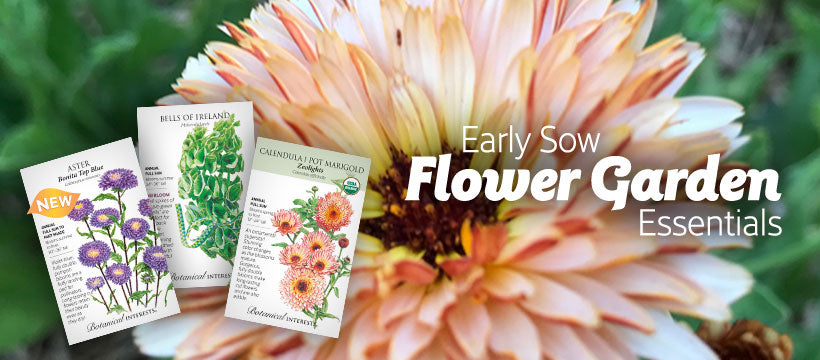



- Variety Info
- Sowing Info
- Growing Info
- Learn More
Variety Info
Days to Maturity: 75 days
Family: Fabaceae
Type: Shelling Bean, Bush Bean (Learn More)
Native: Africa
Hardiness: Frost-sensitive annual
Exposure: Full sun
Plant Dimensions: 14"–18" upright and bushy with potential for some semi–spreading vines
Variety Info: Cylindrical, somewhat curved 6"–8" long pods produced on crown of plant. Medium to large, cream colored seeds with black "eyes". Resistant to wilt and root nematodes.
Attributes: Fusarium Wilt Resistant, Root Knot Nematode Resistant, Frost Sensitive, Good for Containers, Heat Tolerant

Sowing Info
When to Sow Outside: RECOMMENDED. 2 to 4 weeks before your average last frost date, when soil temperature is at least 40°F; ideally 50°–70°F. Successive Sowings: Every 3 weeks until 4 to 6 weeks before your average first fall frost date. Mild Climates: Sow in fall for winter harvest.
When to Start Inside: Not recommended; bean seedlings are sensitive to root disturbance.
Days to Emerge: 6 – 12 days
Seed Depth: 1"
Seed Spacing: 1 seed every 3"–4"
Row Spacing: 24"–36"
Thinning: Not required
Growing Info
Harvesting: For fresh, tasty cowpeas, shell seeds or enjoy in pod about 60 days after sowing, when peas just start to swell in the pod; seeds will be developed but not hard at this point. For dried beans, wait until the pods are dry and straw-colored to harvest. Young foliage is also edible and enjoyed like spinach. At season's end, plants are great compost material if they are disease-free.





